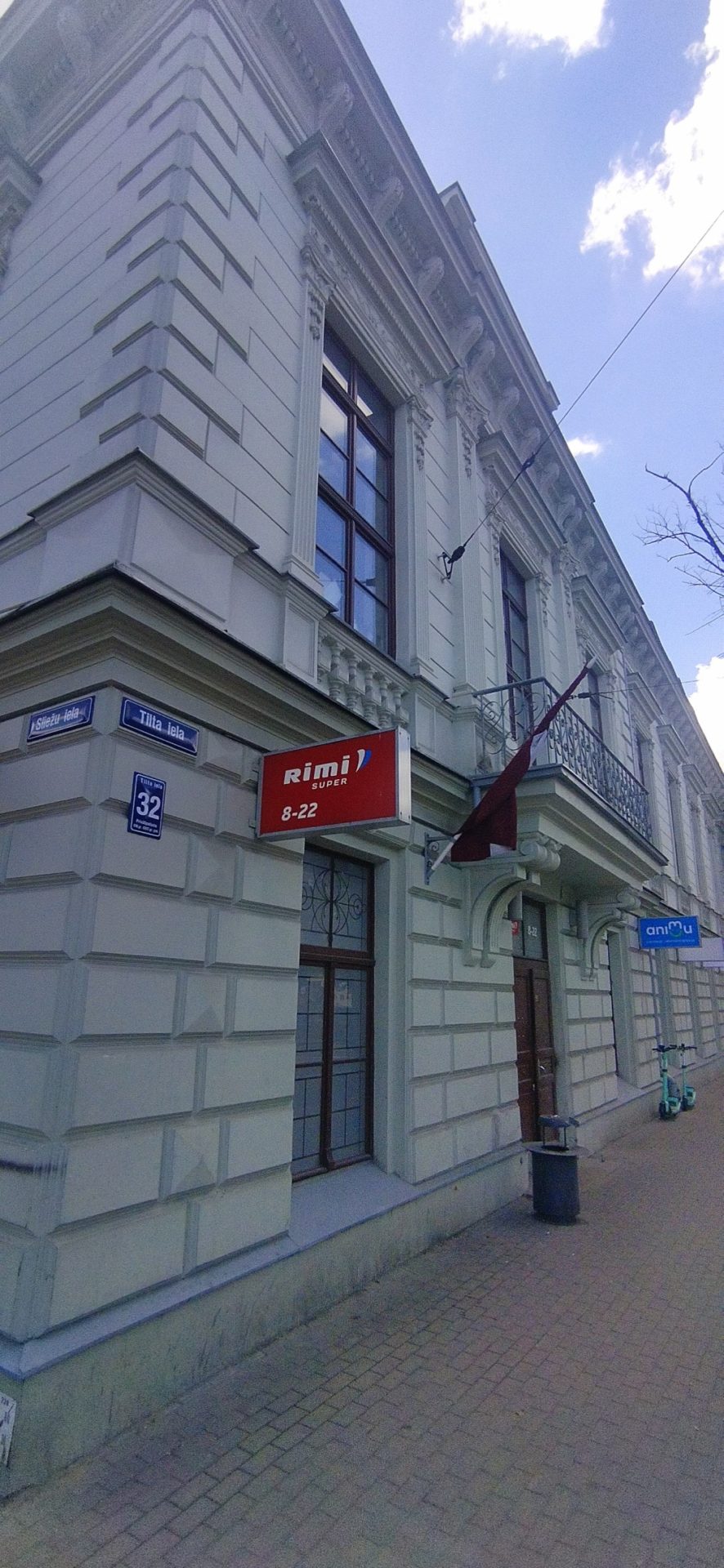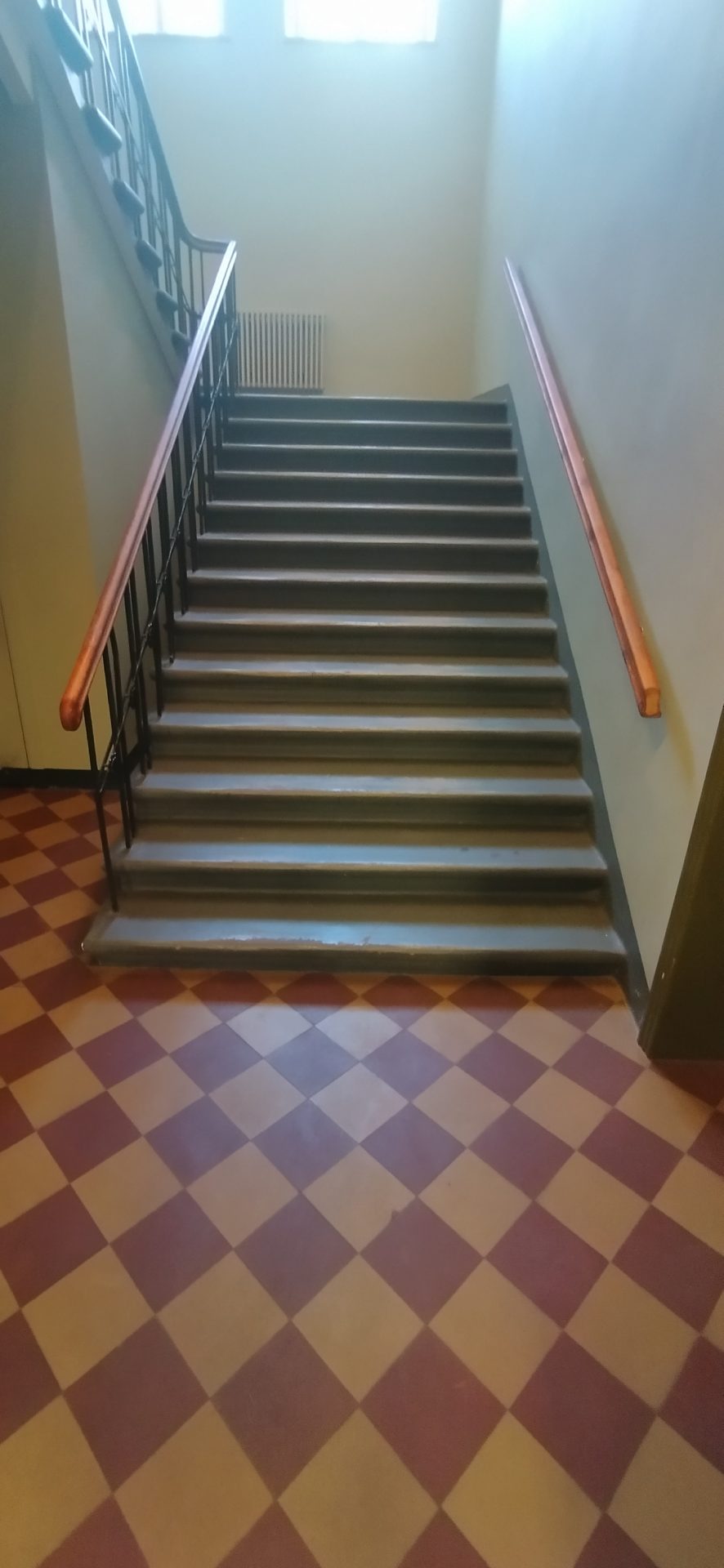House of the “Springtime society”
Public authorities, Accessible to parents with baby-strollers, Partly accessible
Object list
Designed in 1888 for the “Springtime society”, by the Latvian architect K. Pēkšēns, this cultural venue operated until 1940, hosting balls, lectures and similar functions. The building was re-opened in 1956, as the cultural centre “Friendship”, which largely restored the original routine of the “Springtime society”, as it went on to perform similar societal and cultural work as its predecessor, however influenced by the Leninist ideology of the Latvian Soviet Socialist republic, including events for the Communist party youth organizations – the Young Octobers, Red Pioneersand the Komsomol.
Only ground floor is accessible by a wheelchair, as no elevator is available. No adapted toilet, nor is an invalid parking lot available. Entry from Sliežu street.
Accessibility
3 Photos
Designed in 1888 for the “Springtime society”, by the Latvian architect K. Pēkšēns, this cultural venue operated until 1940, hosting balls, lectures and similar functions. The building was re-opened in 1956, as the cultural centre “Friendship”, which largely restored the original routine of the “Springtime society”, as it went on to perform similar societal and cultural work as its predecessor, however influenced by the Leninist ideology of the Latvian Soviet Socialist republic, including events for the Communist party youth organizations – the Young Octobers, Red Pioneersand the Komsomol.
Only ground floor is accessible by a wheelchair, as no elevator is available. No adapted toilet, nor is an invalid parking lot available. Entry from Sliežu street.
Accessibility
3 Photos


